How to transform the sound of your studio with acoustic treatment
The most powerful and cost-effective way to enhance your mixes and perfect your studio space
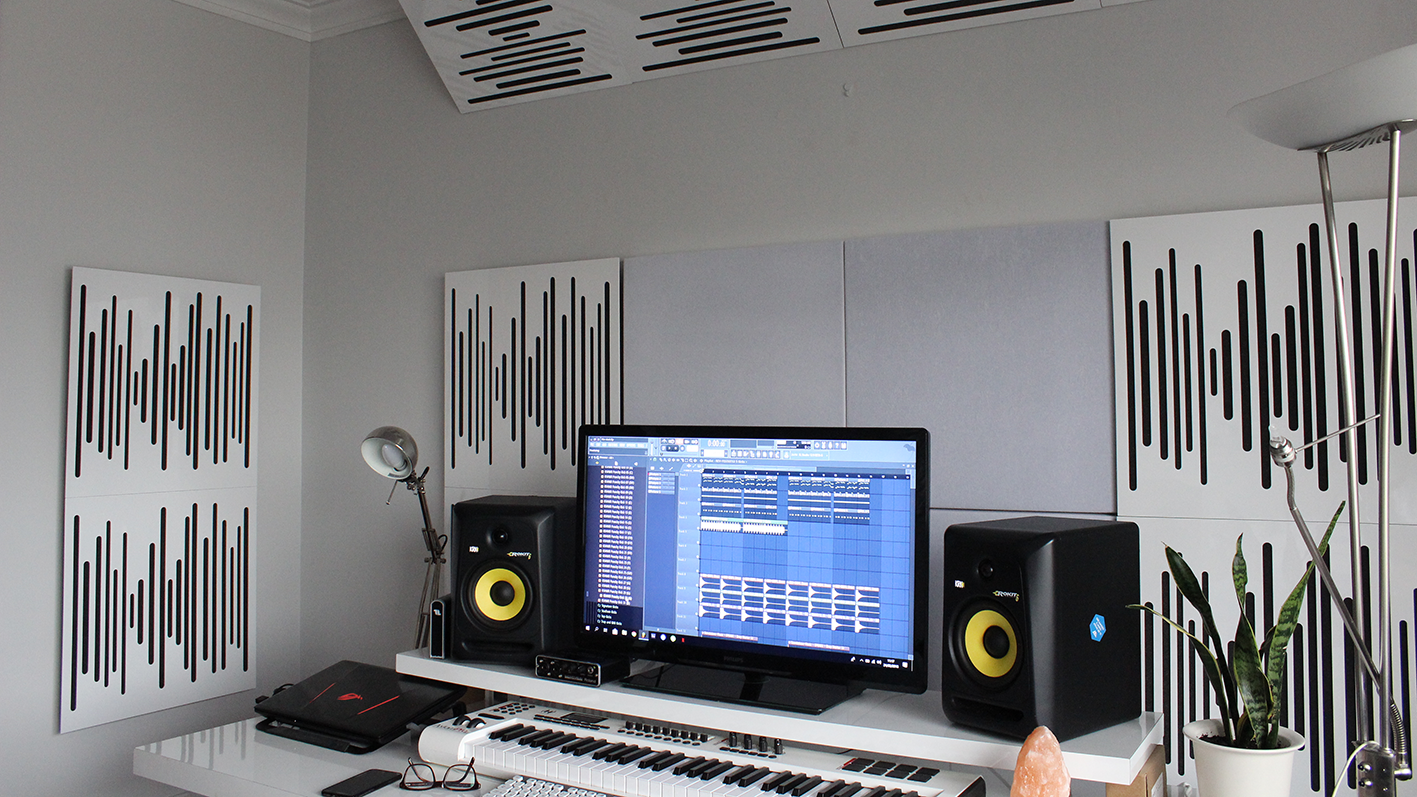
No home studio is perfect, but many of us spend a considerable amount of time, effort and cash trying to get our music-making space as close to it as we can, in the hopes of producing mixes and tracks that are equally flawless.
The first step that most of us take in achieving this goal is investing in new hardware, and while upgrading your setup with professional monitors can make a significant difference, it won’t come cheap.
The missing link that many producers often forget to consider also happens to be one of the most cost-effective ways of improving the sound of a home studio: acoustic treatment.
If the first thing that comes to mind when you hear the phrase acoustic treatment is egg cartons, foam and questionable home-made soundproofing, then think again.
These days, manufacturers such as Vicoustic offer sophisticated computer-modelled treatment that’s designed to tackle specific acoustic issues, pinpointing many of the pitfalls that can trouble those setting up a home studio in a less-than-perfect space.
Even better, Vicoustic’s products are designed with aesthetics in mind, giving you the perfect balance of form and function.
There’s no overstating how powerful acoustic treatment can be in enhancing your studio and strengthening your mixes. Many common problems and issues that face those recording, mixing and mastering in home studios can be solved with the use of Vicoustic’s innovative products - read on for four of the most effective solutions.
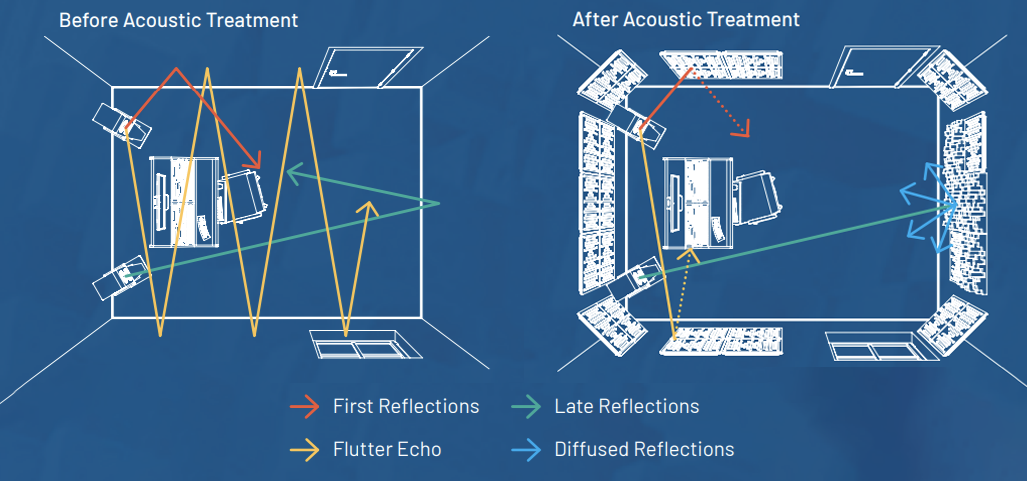
Four ways acoustic treatment can transform your studio space
1. Reducing reverb time
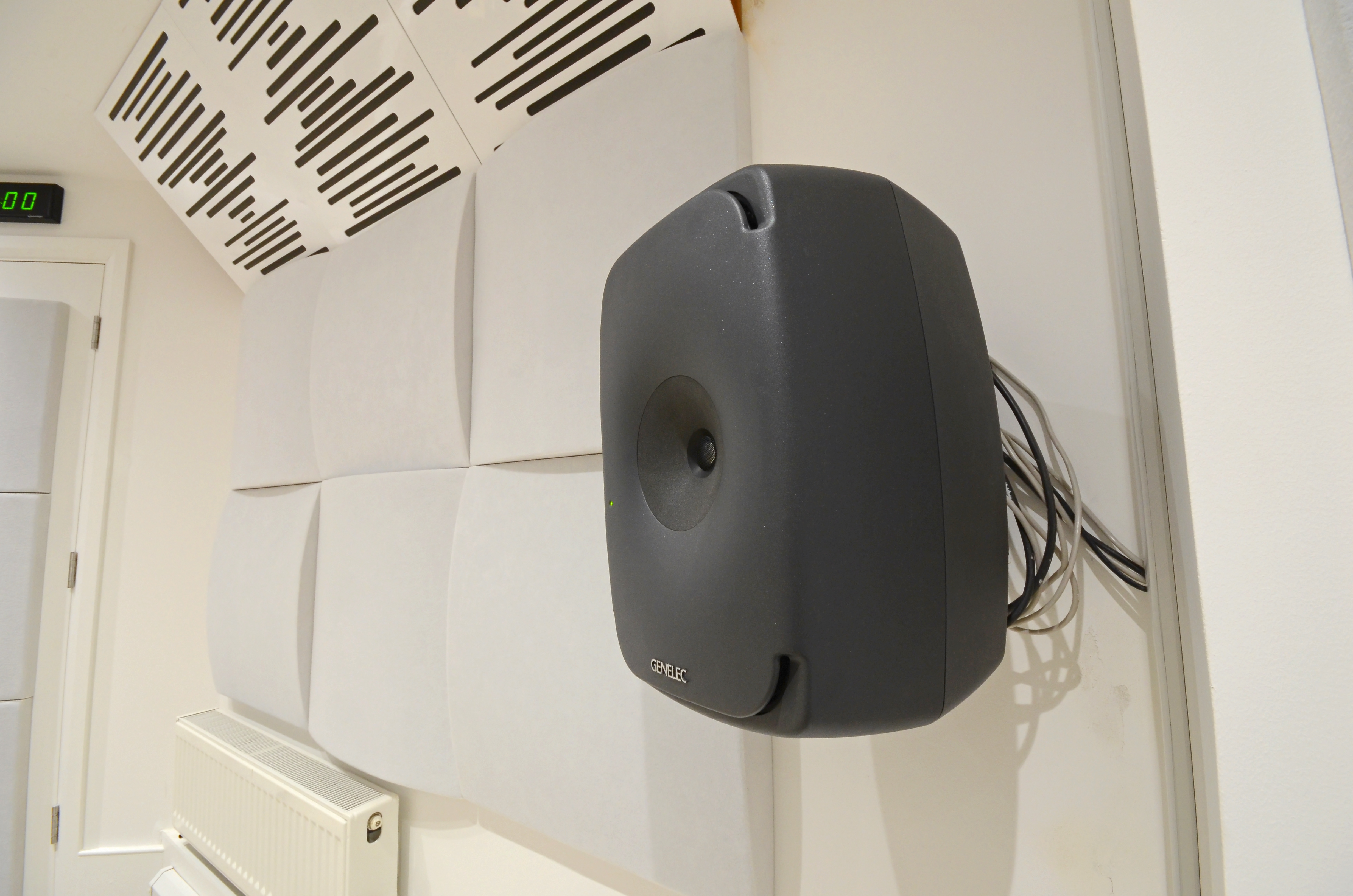
Working in a room with a long reverb time can present a myriad of problems when trying to mix accurately. It can be difficult to hear the sound of your monitors over the reflections present in the room, and producers will often end up working at a higher listening level to compensate.
You may also end up making mixes that are too light on reverb, as you subconsciously make up for the extraneous sound the shape and size of your room presents.
There’s a quick and easy solution to this that doesn’t involve relocating to a new studio space. Absorption panels such as Vicoustic’s Cinema Round Premium help to combat an overly reverberant room by absorbing a large frequency range in the mids and highs.
They’re more effective than traditional foam tiles, as those generally tend to work on high frequencies, leaving the mids and lows to reverberate and cause continued problems with your mixing space.
2. Dealing with primary and secondary reflections
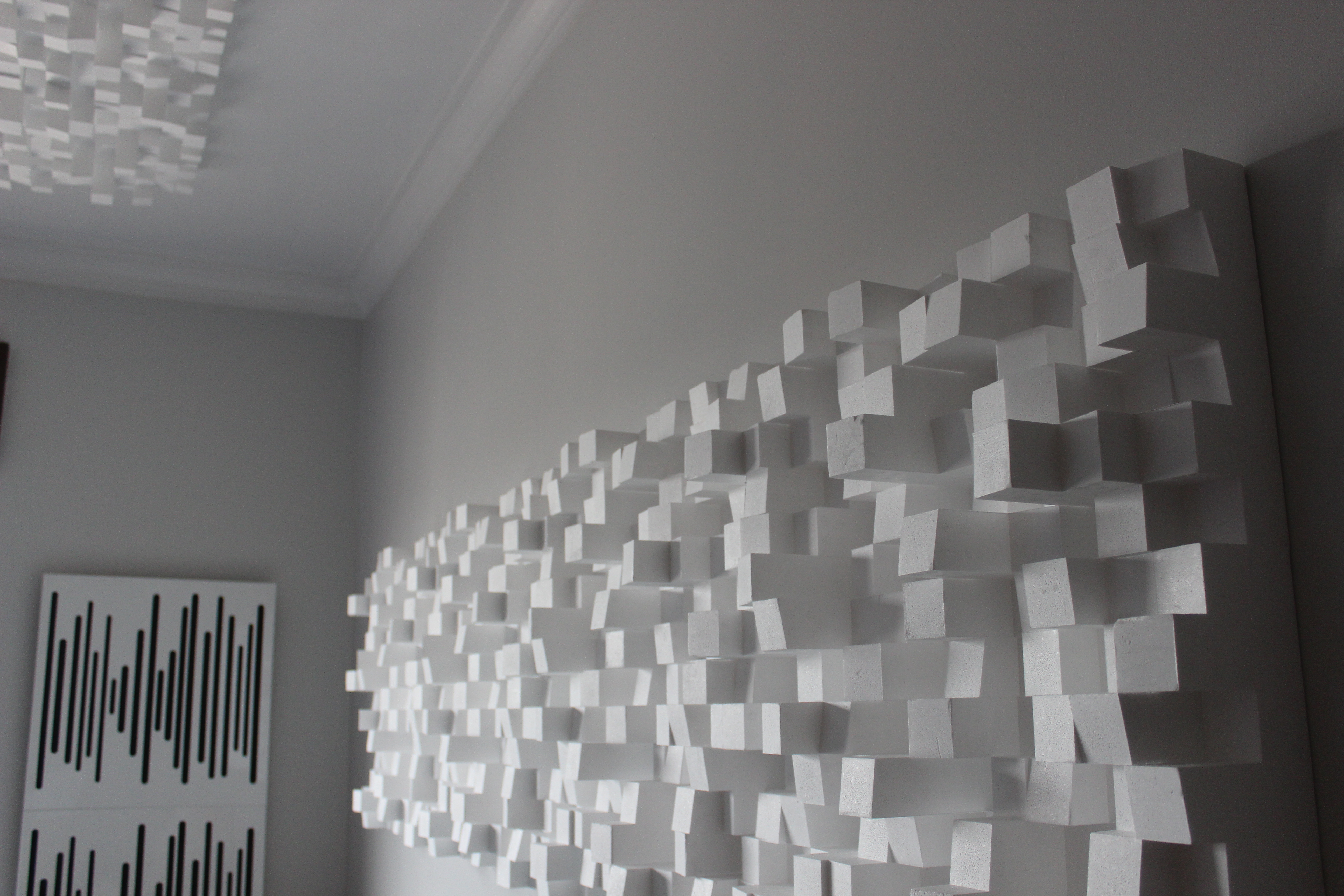
When you’re using acoustic treatment to improve your home studio space, it’s wise to pinpoint where in the room you’re going to have the most issues: these are your primary and secondary reflection points.
If you don’t keep the reflections bouncing off these points under control, you can have all sorts of problems: smeared stereo-imaging can lead to difficulty judging sound staging, phase issues and frequency cancellation can mess with your EQing, and the room as a whole can influence your mixing and give you an inaccurate sense of the sound coming out of your monitors.
The answer here is to use treatments that offer a combination of absorption and diffusion, in order to most effectively get these reflections under control. Panels such as Vicoustic’s Multifuser DC2 can be affixed to walls or ceilings, offering bi-dimensional diffusion on mid and high frequencies, brightening and clarifying sound.
These can be used in conjunction with Vicoustic’s Wavewood panels, a hybrid panel that treats acoustic problems without destroying a room’s ambience or deadening the sound too severely.
3. Creating a space for recording vocal takes
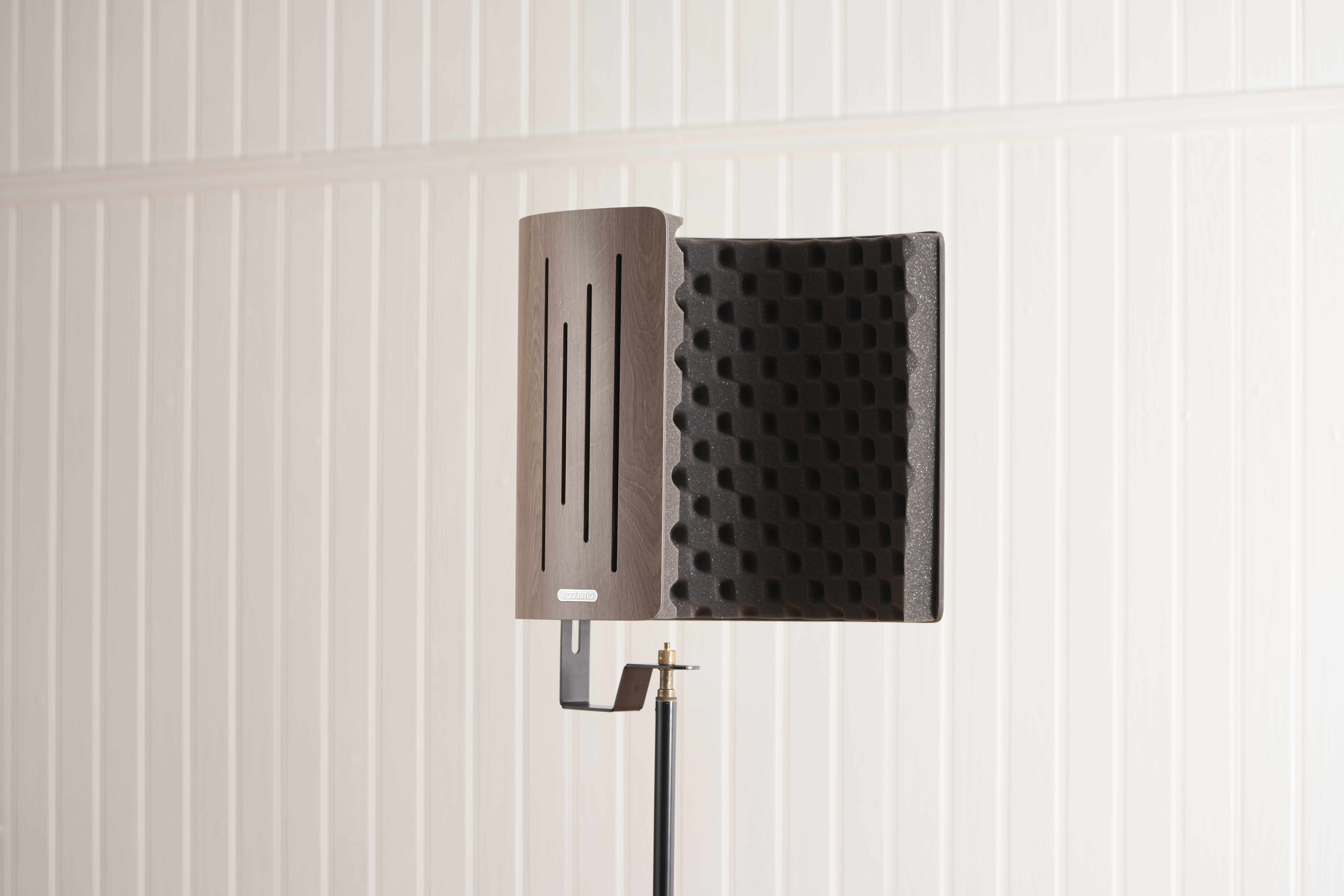
Vocal recordings are some of the hardest to get just right, but simple and inexpensive acoustic treatments can really help to improve your vocal takes.
One time-tested method is to remove unwanted room noise and reflections by isolating the vocalist and microphone from the rest of the studio space.
By making use of an acoustic shield such as Vicoustic’s Flexi Screen Ultra MKII, you can exercise acoustic control over your vocal recording and avoid the pitfalls that come with an untreated room or venue.
4. Dealing with low frequency issues

Low frequencies are some of the most difficult to control, and they can cause havoc with your mix if you don’t pay attention to how they interact with your studio space.
Mixing bass-heavy music in an untreated space can be a nightmare, leading you to make mistakes that’ll show up instantly when heard in another space or on another system. Those looking for acoustic treatments that help with low-end would be wise to invest in Vicoustic’s Super Bass Extreme Ultra bass traps.
Designed to provide effective low frequency absorption, they’re effective between 60-125 Hz and absorb the right amount of reflections without deadening the sound.
Vicoustic

Vicoustic are dedicated to delivering phenomenal acoustic and audio experiences through their products. Designed and manufactured in Portugal, their products deliver innovative and sophisticated solutions that combine precision engineering with visually appealing design, enabling you to make your studio sound great and look great too.
As a leader within their industry, they’re also committed to sustainability, making sure that the design and manufacture of their products is undertaken with an environmentally conscious mindset.
In 2017, Vicoustic introduced the VMT, their first product line made using sustainable raw material, VicPET Wool. Since then, 250 tons of recycled plastic waste has been used in the production of Vicoustic products.
What next?
If you’re looking to improve your home or bedroom studio, the VicStudio Box offers an all-in-one kit that combines some of their most popular products in an easy to use and install package.
For larger studio projects, it’s worth speaking to one of the experts at Vicoustic for some advice that’s specific to your studio space and tailored to your requirements. And if you want to find out more about acoustics, they have some enlightening white papers available on their website.
Want all the hottest music and gear news, reviews, deals, features and more, direct to your inbox? Sign up here.